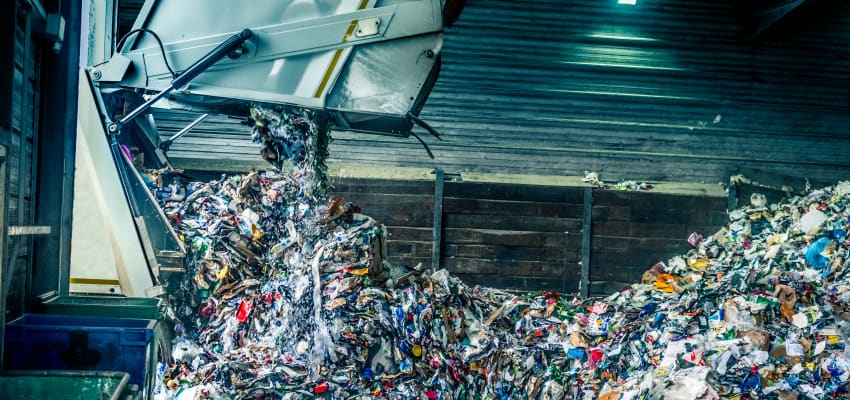Packaging

Plastic packaging has become an indispensable part of modern life. From food packaging to electronics, it has become a ubiquitous material that is used in almost every aspect of our daily lives. However, with the rise of consumerism, the production and disposal of plastic packaging have become a significant environmental problem. In response to this, plastic packaging recycling has become an increasingly popular method for reducing the environmental impact of plastic packaging.
The Process of Plastic Packaging Recycling

Plastic packaging recycling involves collecting, processing, and reusing plastic packaging waste. The process starts with the collection of plastic packaging waste from homes, businesses, and public spaces. This waste is then transported to recycling facilities where it is sorted, cleaned, and processed. The cleaned and sorted plastic packaging waste is then transformed into a new product, which can be used to make new plastic products or other materials.
The Benefits of Plastic Packaging Recycling
There are several benefits to plastic packaging recycling. Firstly, recycling plastic packaging reduces the amount of waste sent to landfills, which can take up valuable land space and create environmental pollution. Secondly, recycling plastic packaging reduces the need for virgin plastic production, which requires significant amounts of energy and resources. Recycling plastic packaging can help to conserve these resources and reduce the carbon footprint of plastic production. Finally, recycling plastic packaging can create new job opportunities and support local economies.
Challenges in Plastic Packaging Recycling

However, plastic packaging recycling also has its challenges. One of the biggest challenges is the contamination of plastic packaging waste. Contamination can occur when non-recyclable materials are mixed with recyclable plastic packaging waste. For example, food residue, liquids, and other types of waste can contaminate plastic packaging waste, making it difficult to recycle. To overcome this challenge, it is essential to educate the public about proper waste disposal and encourage the use of compostable and biodegradable packaging materials.
The Need for Infrastructure and Investment in Plastic Packaging Recycling
Another challenge is the lack of infrastructure and investment in plastic packaging recycling. Many areas do not have adequate recycling facilities or programs, which can make it difficult for people to recycle their plastic packaging waste. To address this challenge, governments and businesses need to invest in developing recycling infrastructure and improving recycling programs. This can include building new recycling facilities, providing financial incentives for recycling, and creating public awareness campaigns about plastic packaging recycling.
Conclusion
In conclusion, plastic packaging recycling is an important strategy for reducing the environmental impact of plastic packaging waste. It can help to conserve resources, reduce pollution, and create new job opportunities. However, plastic packaging recycling also has its challenges, including contamination and the lack of recycling infrastructure. To overcome these challenges, it is essential to educate the public about proper waste disposal, invest in recycling infrastructure, and improve recycling programs. By doing so, we can create a more sustainable future for ourselves and future generations.
